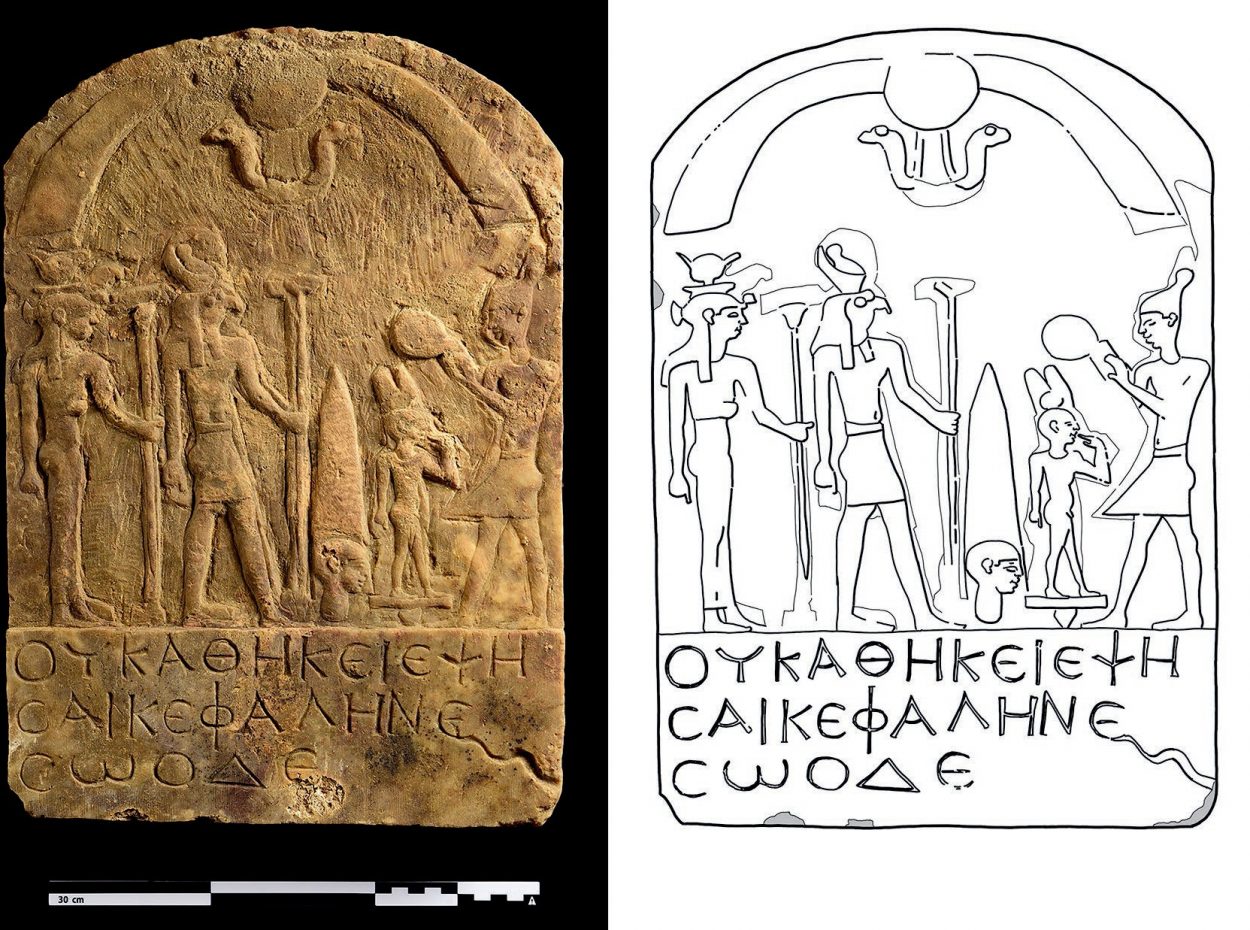Archaeologists from the Sikait Project, directed by Professor Joan Oller Guzmán from the Autonomous University of Barcelona (UAB), have uncovered a shrine containing previously unknown ancient rituals during excavations at Berenike, a Greco-Roman seaport in the Egyptian Eastern desert.
Berenike, also known as Berenice Troglodytica, was founded by Ptolomy II Philadelphus in the 3rd century BC, who named it after his mother, Berenice I of Egypt. The port city served as a trading centre with the East Coast of Africa, India, and Arabia, mainly for the transportation of war Elephants.
The results of their study, published in the American Journal of Archaeology, describes the excavation of a religious complex, that reveals new discoveries linked to the presence of the Blemmyes.
The Blemmyes were a nomadic Eastern Desert people, first appearing in written sources from the 7th century BC until the 8th century AD. The Greek term first appears in the third century BC in one of the poems of Theocritus and in Eratosthenes. Eratosthenes described the Blemmyes as living with the Megabaroi in the land between the Nile and the Red Sea north of Meroë.
The religious complex, named the “Falcon Shrine” by the researchers, corresponds to the Late Roman Period from the 4th to 6th centuries AD. During this period, the city was partially occupied and controlled by the Blemmyes, indicated by the discovery of inscriptions on a stele in a small traditional Egyptian temple, which after the 4th century AD was adapted by the Blemmyes to their own belief system.
“The material findings are particularly remarkable and include offerings such as harpoons, cube-shaped statues, and a stele with indications related to religious activities”, said UAB researcher Joan Oller.
The team also found an arrangement of up to 15 falcons buried within the temple, which for the first time were accompanied by eggs, suggesting a new previously unknown ancient ritual when compared to falcon burials in the Nile Valley.
The stele contains an inscription which reads: “It is improper to boil a head in here”, which far from being a dedication or sign of gratitude as normally corresponds to an inscription, is a message forbidding all those who enter from boiling the heads of the animals inside the temple, considered to be a profane activity.
According to Joan Oller, “all of these elements point to intense ritual activities combining Egyptian traditions with contributions from the Blemmyes, sustained by a theological base possibly related to the worshipping of the god Khonsu (the ancient Egyptian god of the Moon)”.
Autonomous University of Barcelona (UAB)
https://doi.org/10.1086/720806
Header Image Credit : K. Braulińska; drawing by O.E. Kaper





